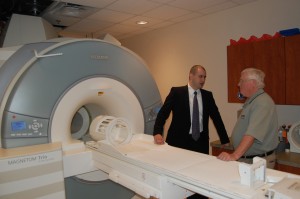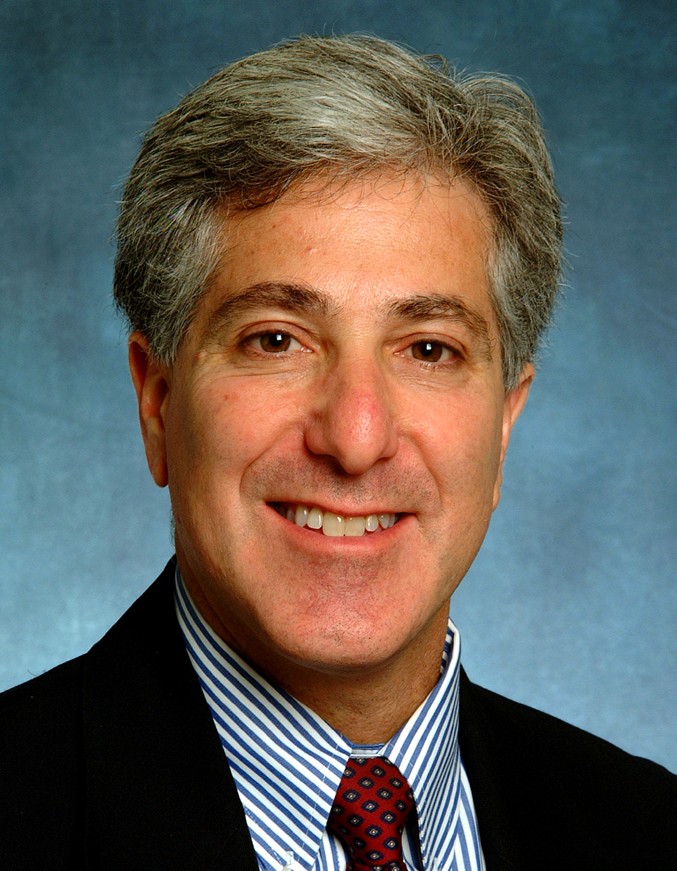DNA usually occupies a privileged place inside the cell. Although cells in our body die all the time, an orderly process of disassembly (programmed cell death or apoptosis) generally keeps cellular DNA from leaking all over the place. DNA’s presence outside the cell means something is wrong: tissue injury has occurred and cells are undergoing necrosis.
Researchers from the Wallace H. Coulter Department of Biomedical Engineering at Georgia Tech and Emory University have devised a way to exploit the properties of extracellular DNA to create an imaging agent for injured tissue. Niren Murthy and Mike Davis recently published a paper in Organic Letters describing the creation of “Hoechst-IR.†This imaging agent essentially consists of the DNA-binding compound Hoechst 33258 (often used to stain cells before microscopy), attached to a dye that is visible in the near-infrared range. A water-loving polymer chain between the two keeps the new molecule from crossing cell membranes and binding DNA inside the cell.











